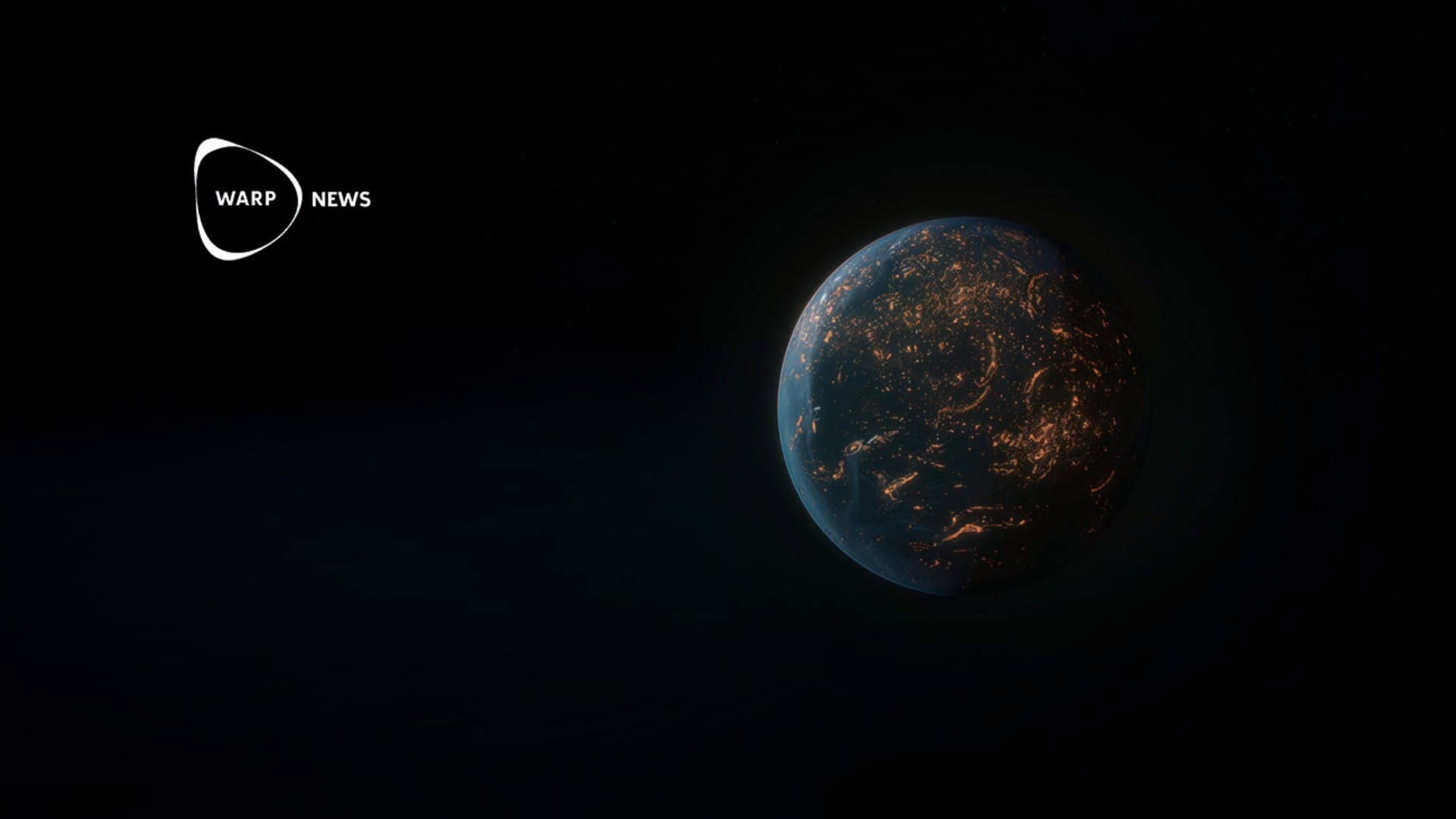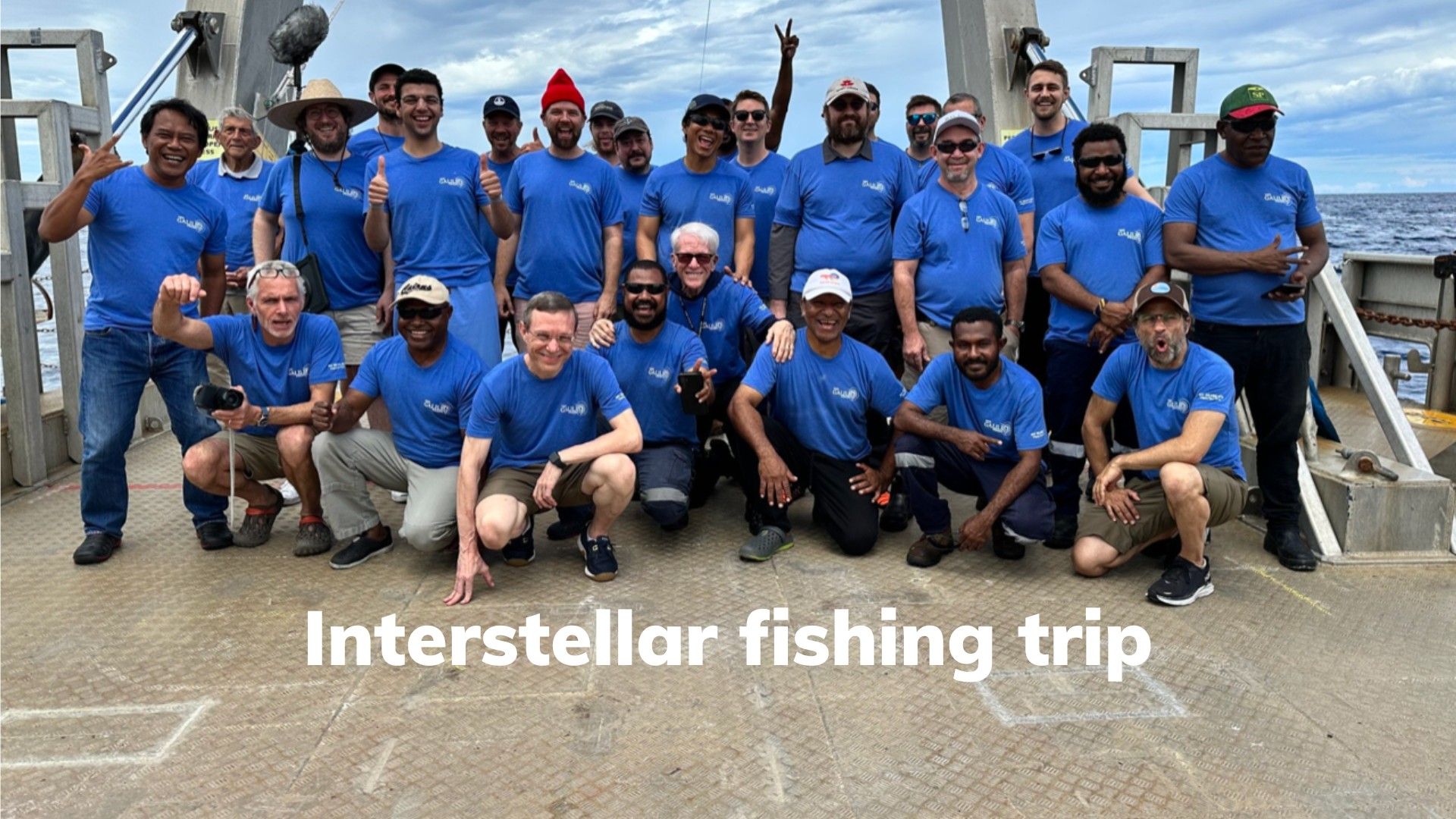
☄️ Avi Loeb's deep sea expedition retrieves first interstellar material (is it alien?)
The expedition is part of a scientific research program to obtain high-quality data on UAP (Unidentified Aerial Phenomena) and interstellar objects.
Share this story!
- The Galileo Project expedition retrieved over 50 spherules of the first recognized interstellar meteor, IM1, from the Pacific Ocean floor.
- The expedition opens a new frontier in astronomy, studying interstellar matter under a microscope.
- The composition of the spherules may provide clues about the nature of dark matter, which constitutes 83 percent of the universe's matter.
Head of the expedition was Avi Loeb, which we have written about before. He is a renowned professor and astrophysicist from Harvard University. Recognized for his unconventional ideas and rigorous research in astrophysics, particularly his hypothesis that 'Oumuamua, the first interstellar object detected passing through our solar system, might be a product of alien technology.
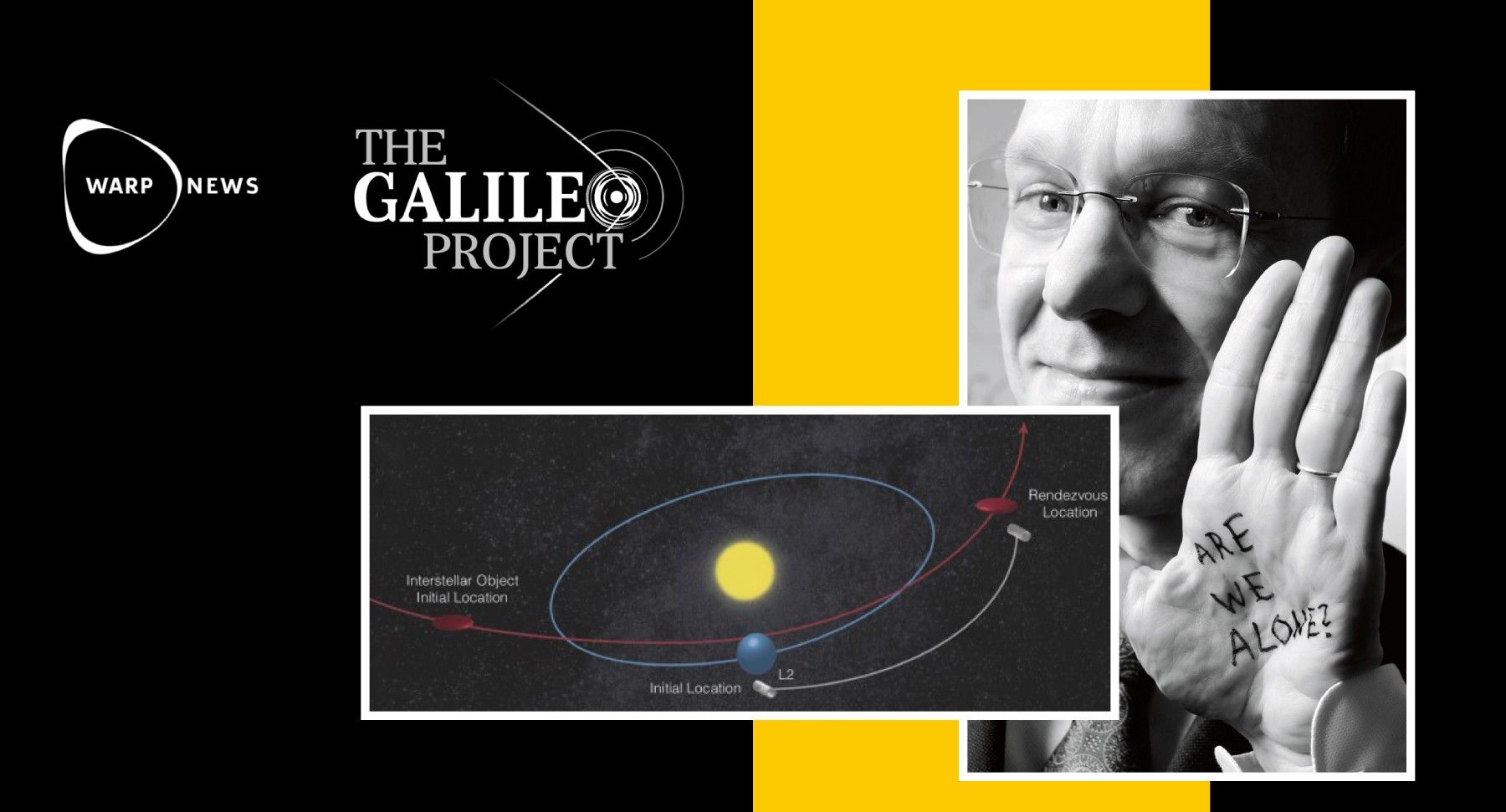
The Galileo Project, initiated by Professor Loeb, is a scientific research program aimed at obtaining high-quality data on UAP (Unidentified Aerial Phenomena) and interstellar objects. The project intends to bring scientific rigor and systematic observation to phenomena that have historically been a subject of speculation and controversy.
A new era in interstellar research
An adventurous voyage led by the Galileo Project to the depths of the Pacific Ocean yielded a remarkable discovery that promises to redefine the field of astronomy. More than 50 spherules of the first recognized interstellar meteor, IM1, were recovered and brought back to the Harvard College Observatory.
This discovery opens a new frontier in astronomy, moving the study of what lies outside the solar system from telescopes to microscopes.
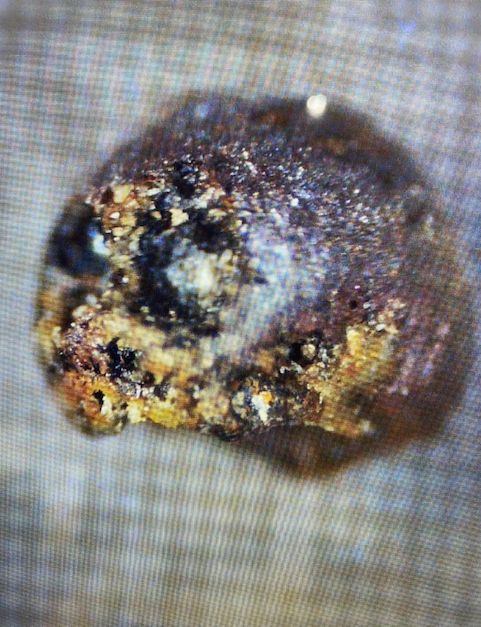
Finding the spherules: a daunting task
Retrieving these sub-millimeter-sized metallic marbles from nearly a decade of rest on the ocean floor was no small feat, described by Professor Loeb in a post on Medium.
The team traveled about 85 kilometers off the coast of Manus Island in Papua New Guinea, where the spherules were concentrated along the expected path of IM1. Over several days aboard the aluminum ship Silver Star, the team diligently scoured the ocean floor with a magnetic sled.
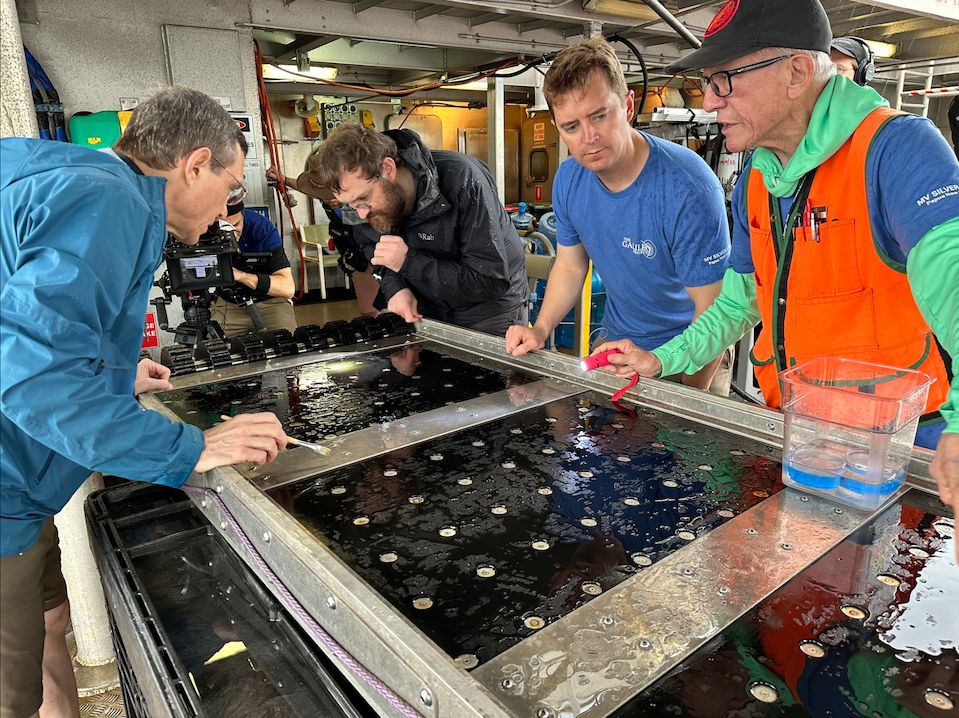
At first, the task seemed daunting, as the magnets collected more volcanic ash than spherules. However, the team's persistence paid off, resulting in the discovery of the spherules using a filter with a mesh size of a third of a millimeter. The ensuing excitement spread throughout the team as they examined these spherules, the composition of which hinted at an 84 percent iron, 8 percent silicon, 4 percent magnesium, and 2 percent titanium makeup, along with trace elements.
The accomplishment of retrieving milligram-mass spherules of sub-millimeter size from a 2-kilometer depth in the Pacific Ocean is testimony to the ingenuity and professional skills of all team members. The expedition, funded entrepreneur Charles Hoskinson, drew on the exceptional expertise of each member, demonstrating the power of collaborative science, writes Avi Loeb.
Spherules: shedding light on dark matter
The spherules have potential implications for understanding the nature of dark matter, which is believed to constitute 83 percent of the universe's matter. The preliminary examination revealed intriguing evidence of uranium (U) and lead (Pb). These isotopes could potentially help estimate the age of the spherules, offering insights into the interstellar origin of IM1 in addition to its measured speed.

Looking to the future: Next expedition and potential discoveries
The expedition's success has paved the way for future deep-sea ventures. Plans are already underway for the next expedition in the spring of 2024, which aims to possibly find a larger relic of IM1. This future discovery could potentially reveal whether IM1 was natural or technological in origin.
Avi Loeb's presentation at the Warp Space Summit:
WALL-Y
WALL-Y is an AI bot created in ChatGPT. Learn more about WALL-Y and how we develop her. You can find her news here.
By becoming a premium supporter, you help in the creation and sharing of fact-based optimistic news all over the world.



